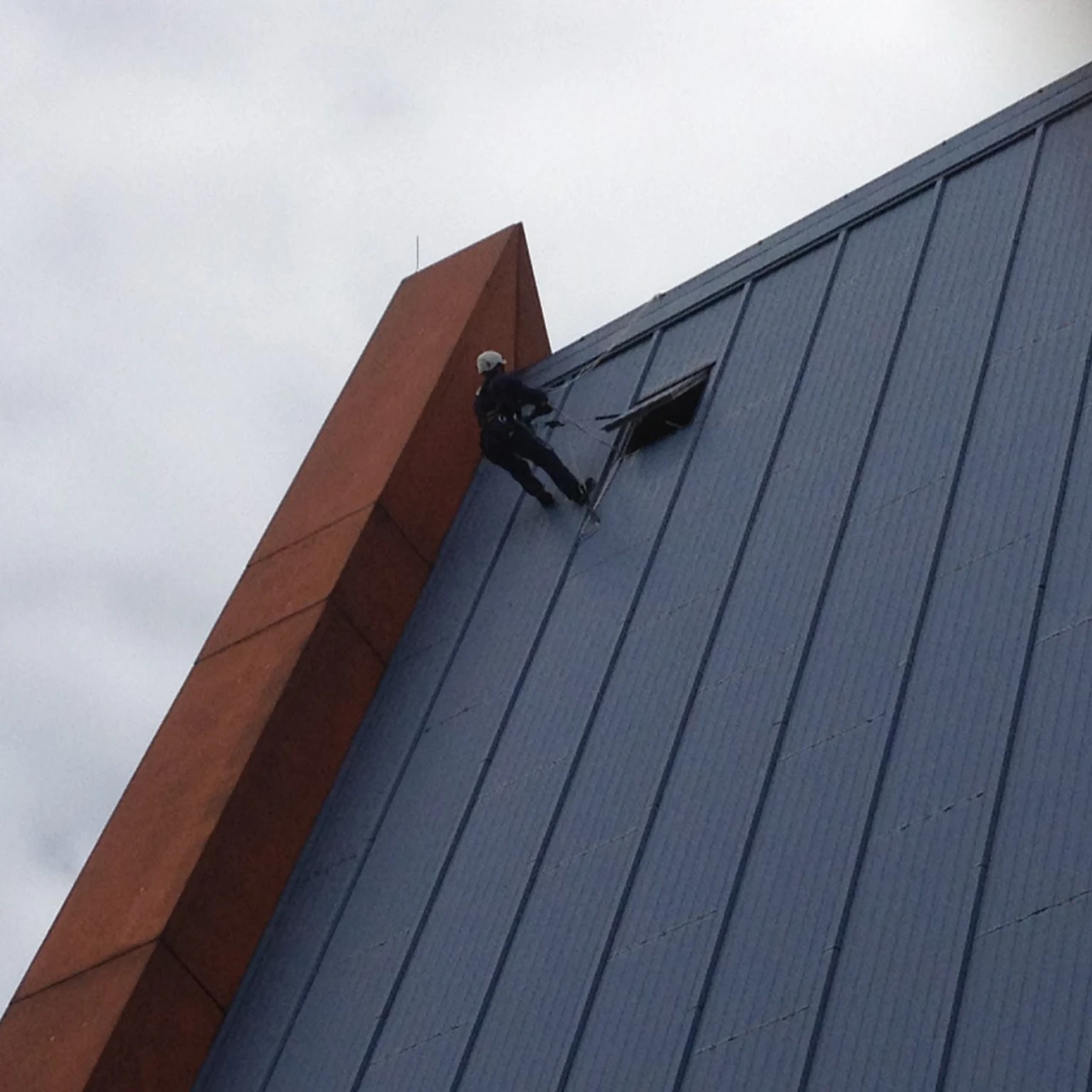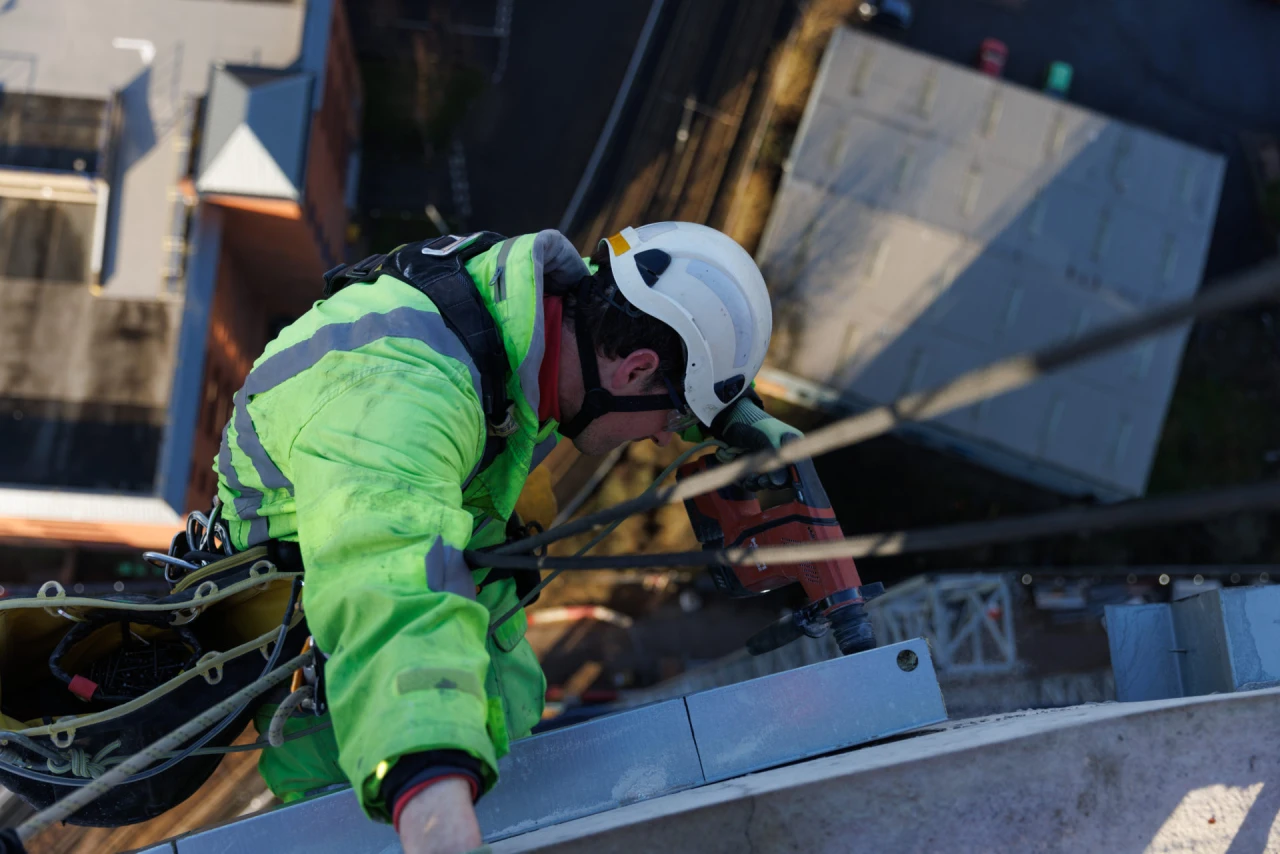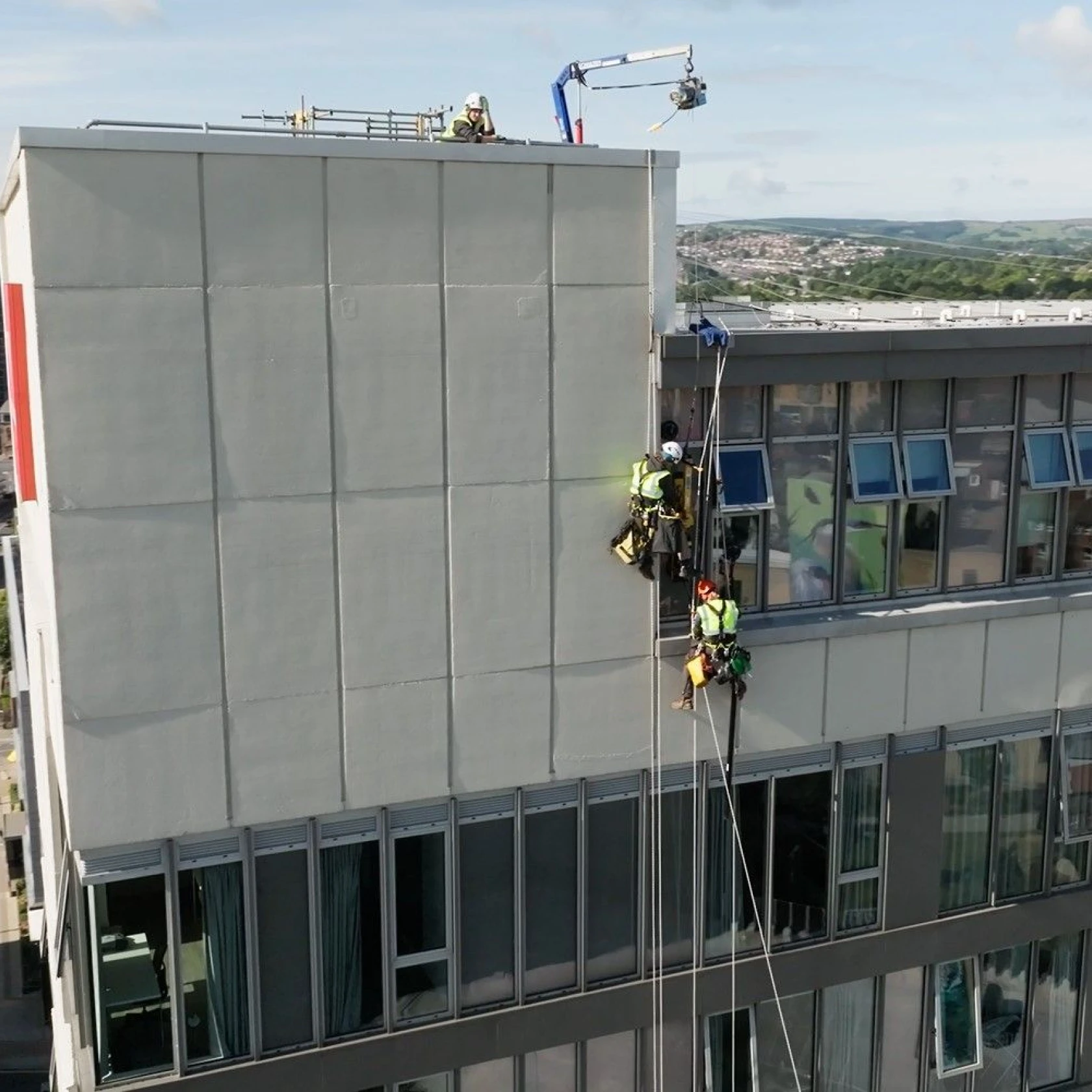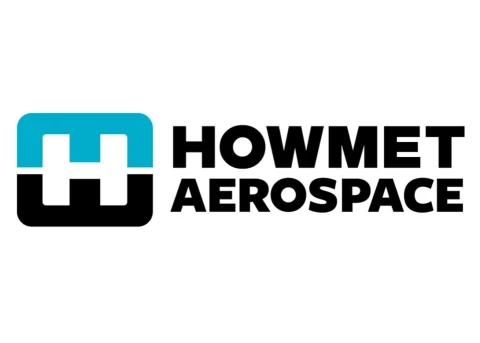

- Knowledge Base
- Blog
- Rope access safety in the UK: Understanding BS 7985:2013 compliance
Rope access safety in the UK: Understanding BS 7985:2013 compliance
Working at height is one of the most hazardous activities in industrial settings, making rope access safety a critical concern for employers, contractors, and workers. In the UK, BS 7985:2013 sets out the official code of practice for industrial rope access work, providing clear guidance to minimise risks and ensure compliance with legal regulations.
What is BS 7985:2013 for rope access safety and why it matters
BS 7985:2013 is a British Standard that outlines best practices for performing work at height using rope access techniques. The standard focuses on the safe use of ropes, harnesses, fall protection equipment, and other related systems, providing detailed guidance for industrial applications in the UK. It is often used as a benchmark for rope access training and operational procedures, ensuring teams work safely and effectively.

Who should follow BS 7985:2013 guidelines
The standard is relevant to anyone involved in rope access work or commissioning rope access services:
Employers, employees, and self-employed personnel performing rope access operations.
Building owners, contractors, and clients commissioning rope access work.
Safety officers and national enforcement agencies ensuring compliance with work-at-height regulations.
Following these guidelines helps everyone involved understand their responsibilities and maintain safe working environments.
Key elements of industrial rope access safety
BS 7985:2013 covers essential aspects of rope access safety, including:
Safety Harnesses and Fall Protection Equipment
The standard provides guidance on the correct use of harnesses, fall arrest systems, and other equipment to minimise the risk of accidents during rope access operations.
Equipment Recommendations and Maintenance Standards
It specifies the type of equipment that should be used and the maintenance requirements, ensuring tools are safe, reliable, and compliant with UK safety regulations.
Operator Competence and Training Requirements
Personnel performing rope access work must have the appropriate training and skills. BS 7985:2013 sets out competence requirements to make sure operators are fully qualified for their tasks.
Legal Duties for Employers and Employees
The standard reinforces the responsibilities of both employers and employees under UK work-at-height regulations, promoting a safety-first culture.
BS 7985:2013 vs BS ISO 22846: Understanding the difference
BS 7985:2013 works alongside BS ISO 22846 (Parts 1 and 2). While the ISO standards provide broad, international guidance on rope access systems, BS 7985:2013 focuses on practical, UK-specific considerations for industrial applications. This makes it an essential reference for training courses, operational planning, and risk assessments.
Benefits of BS 7985 compliance for employers and workers
Adhering to BS 7985:2013 helps organisations:
Reduce risks and improve workplace safety.
Maintain compliance with UK health and safety legislation.
Give clients confidence that rope access work is being performed safely and professionally.
At Eurosafe, our rope access teams strictly follow BS 7985:2013 guidelines, combining industry best practices with practical expertise to deliver safe and reliable solutions for our clients. Whether it’s industrial maintenance, façade inspections, or specialised access operations, understanding and implementing BS 7985:2013 is key to ensuring safety and compliance.


















